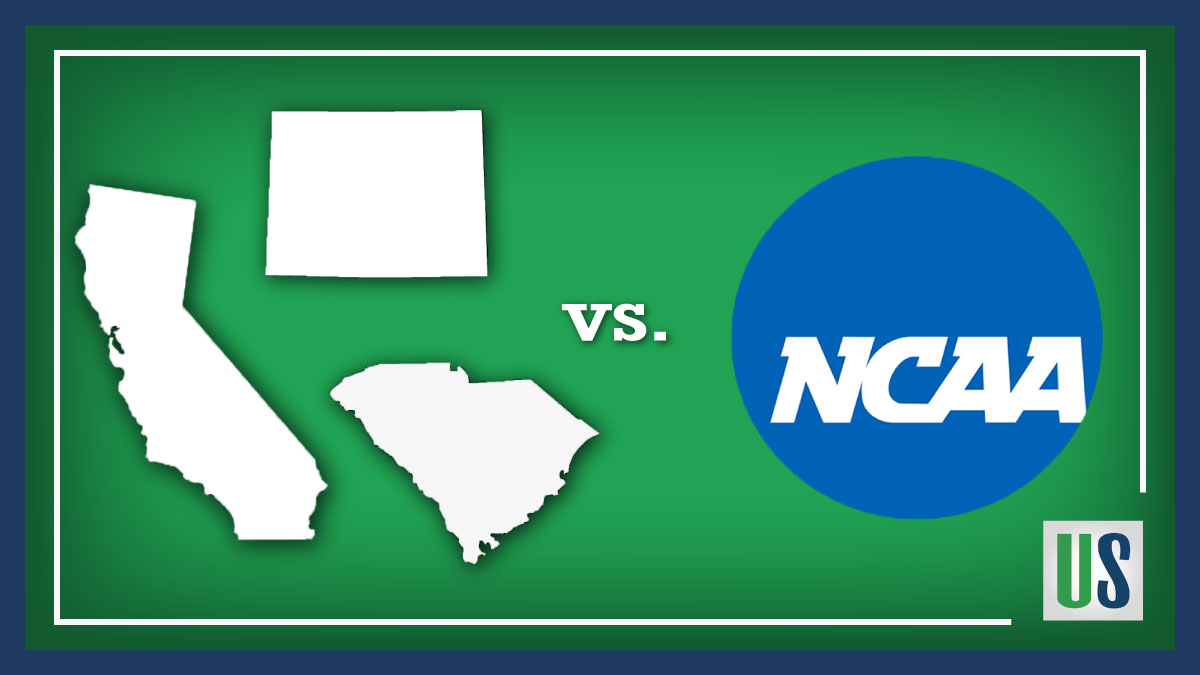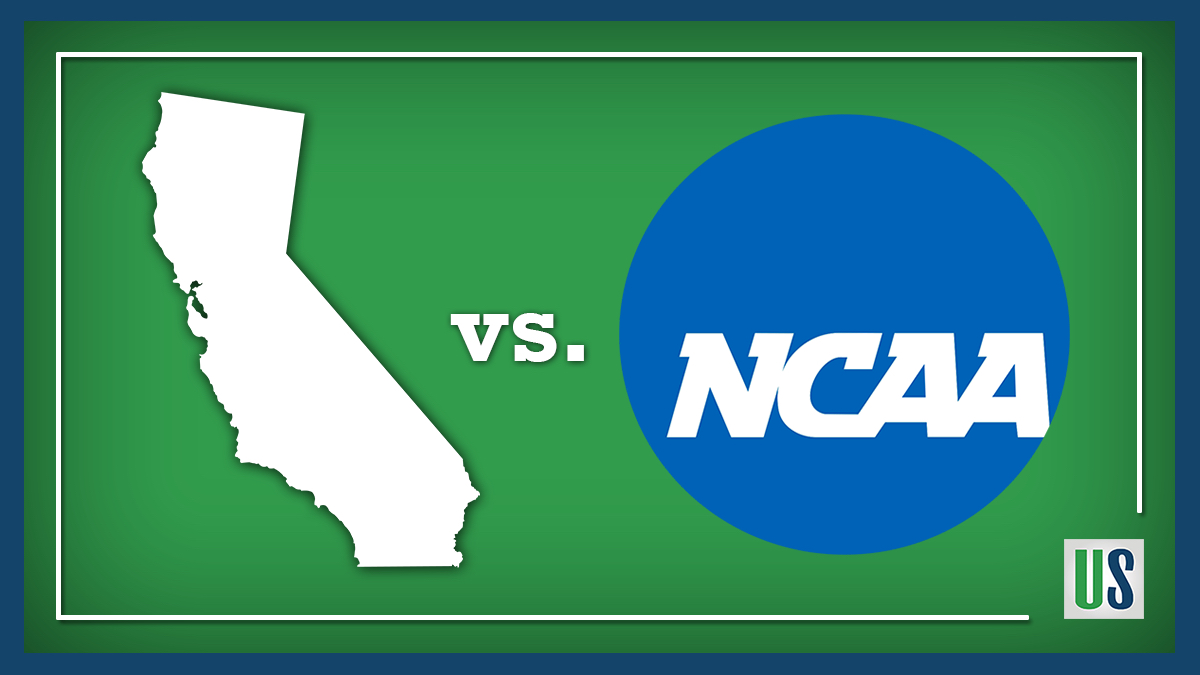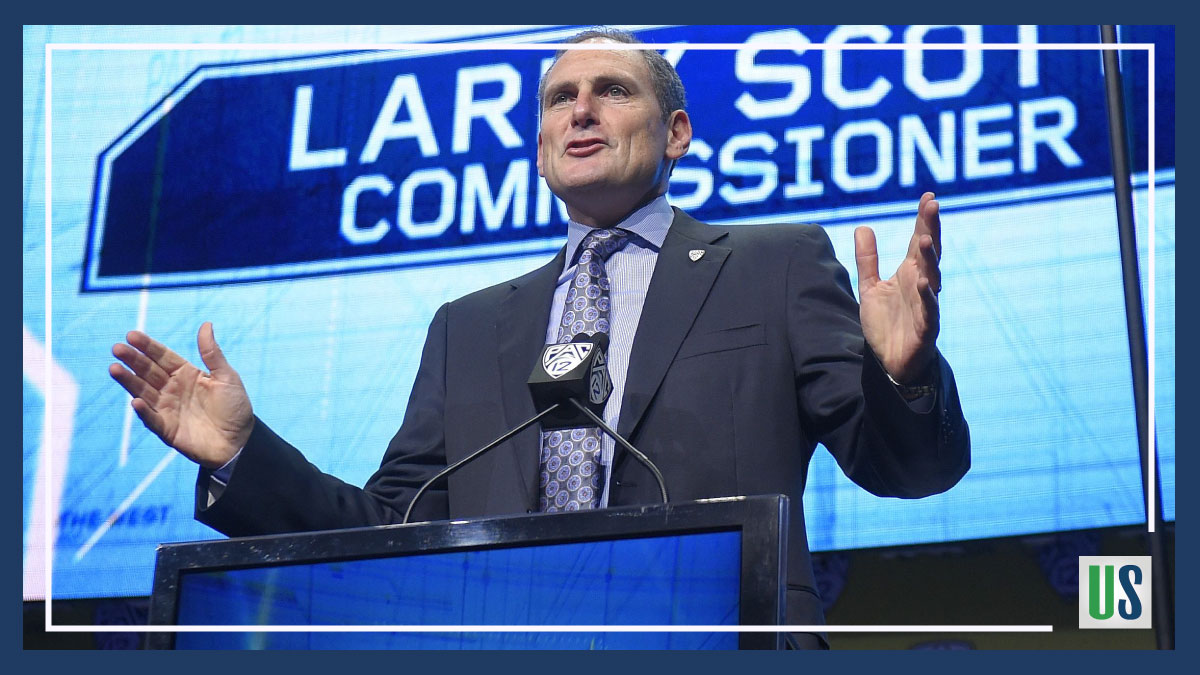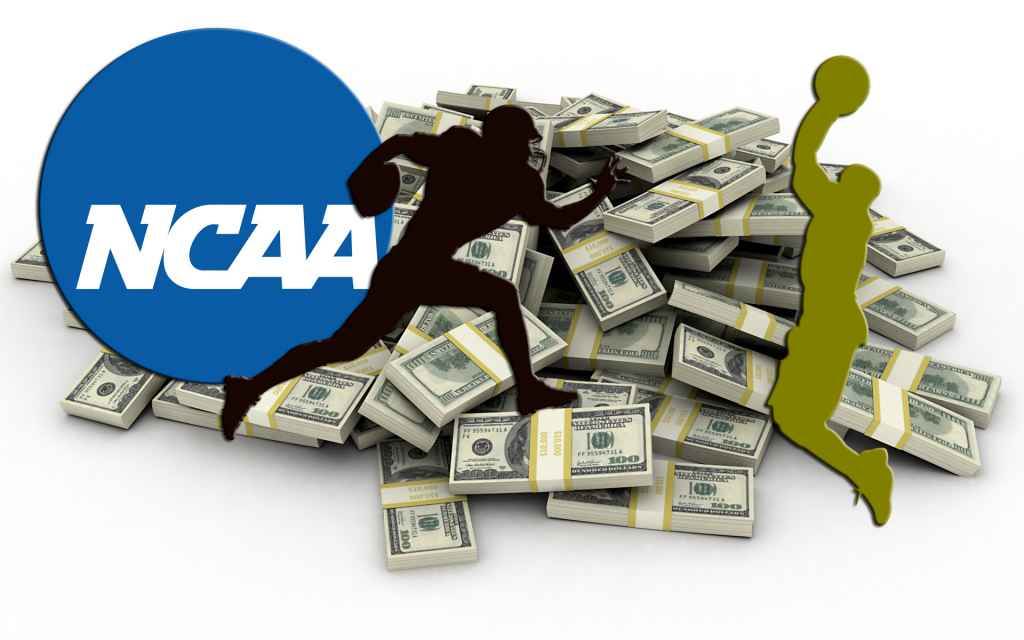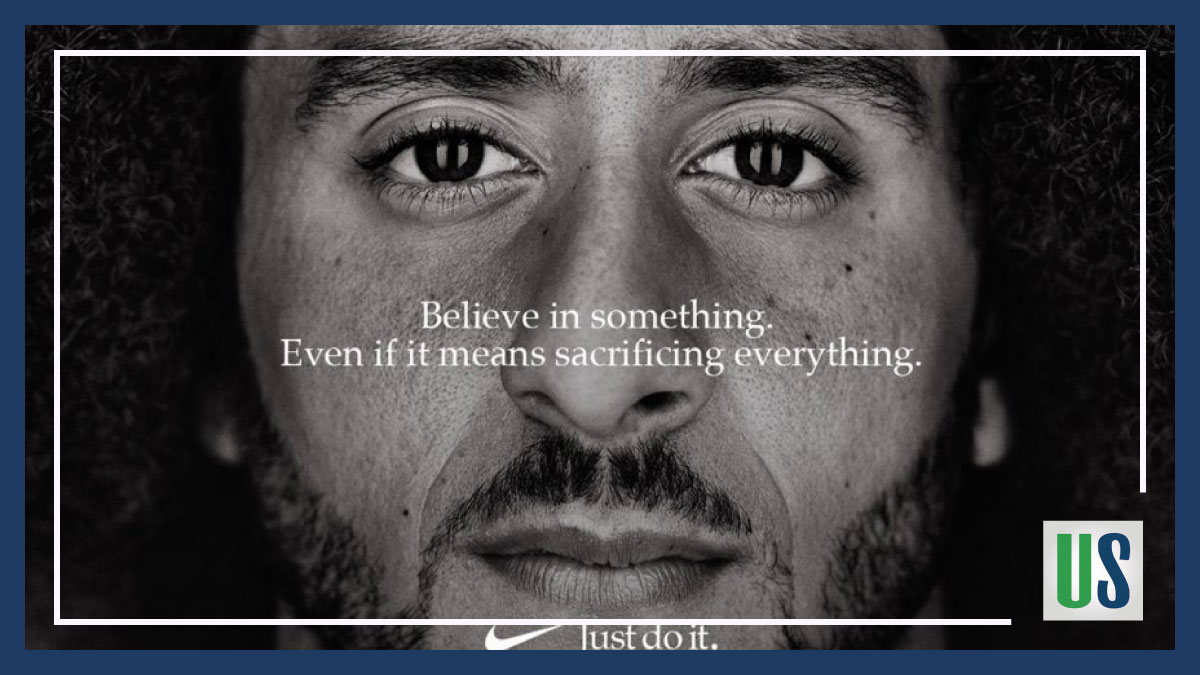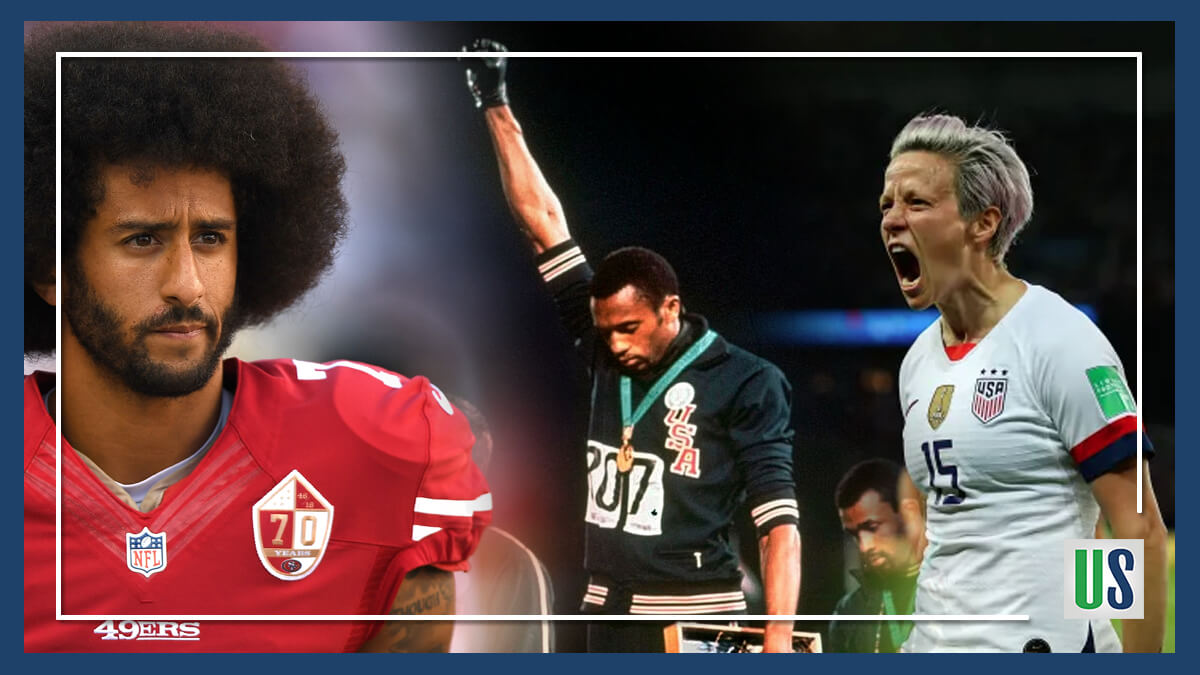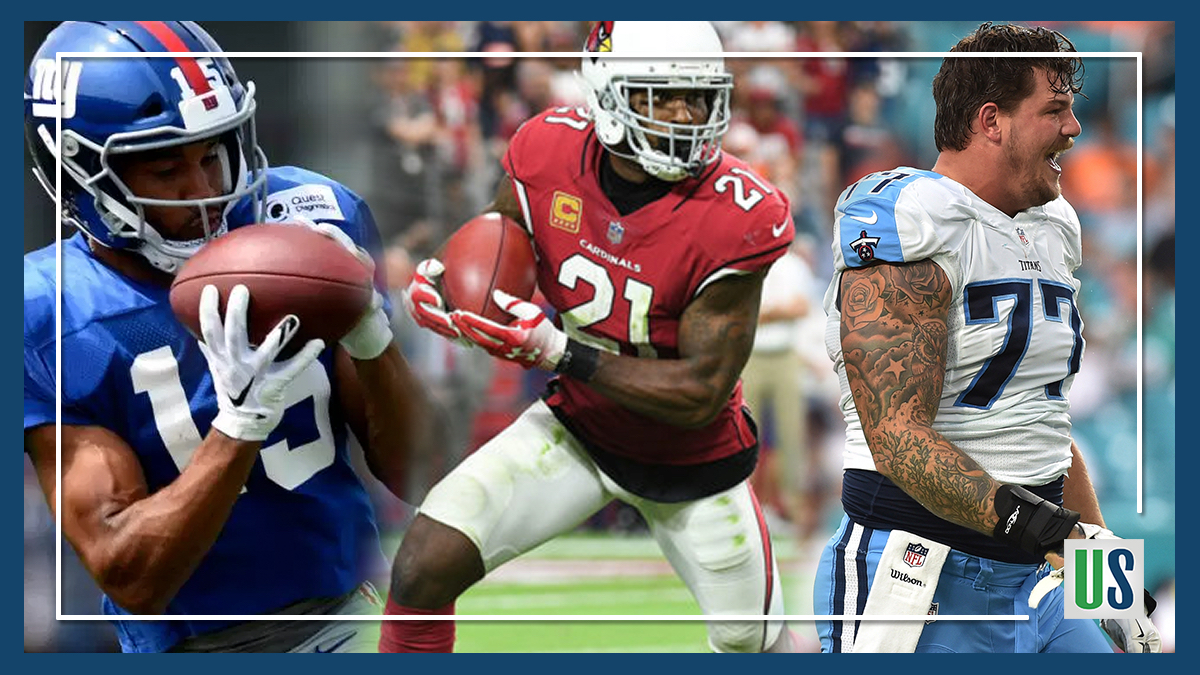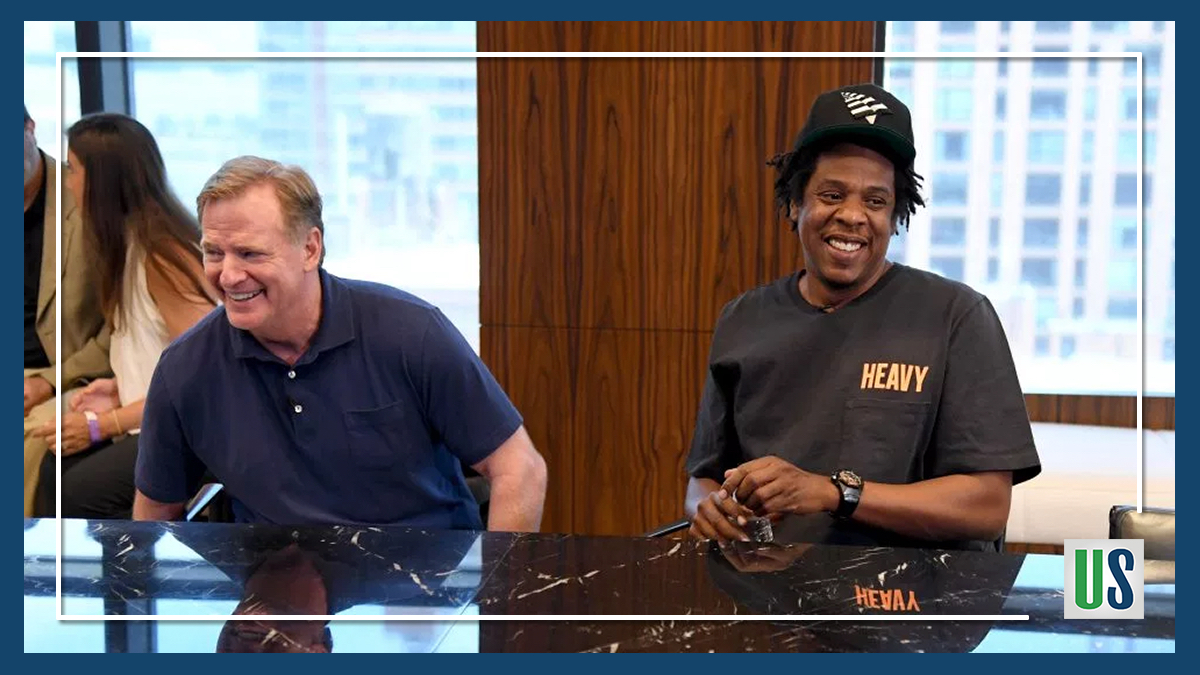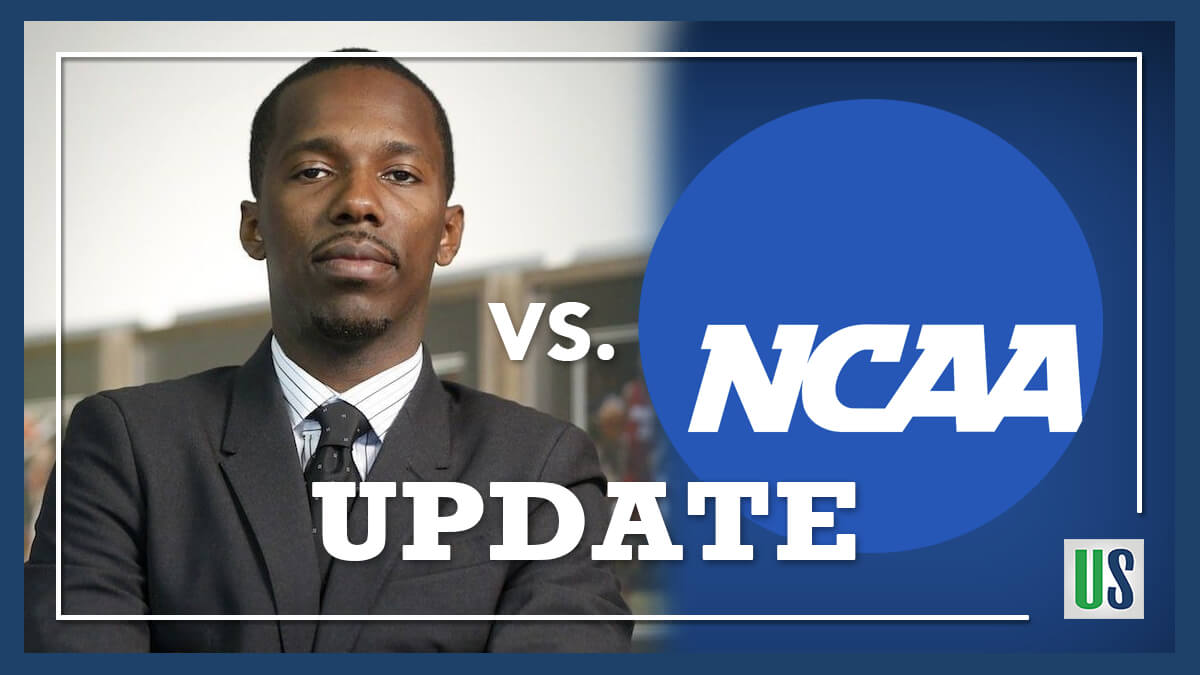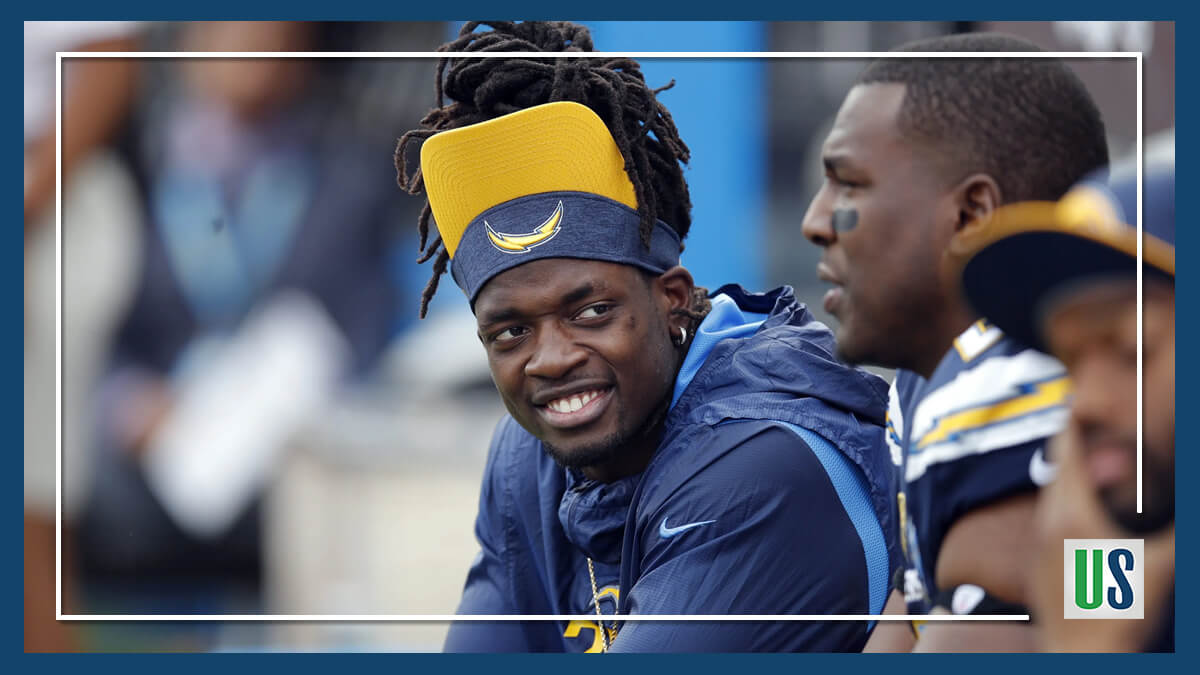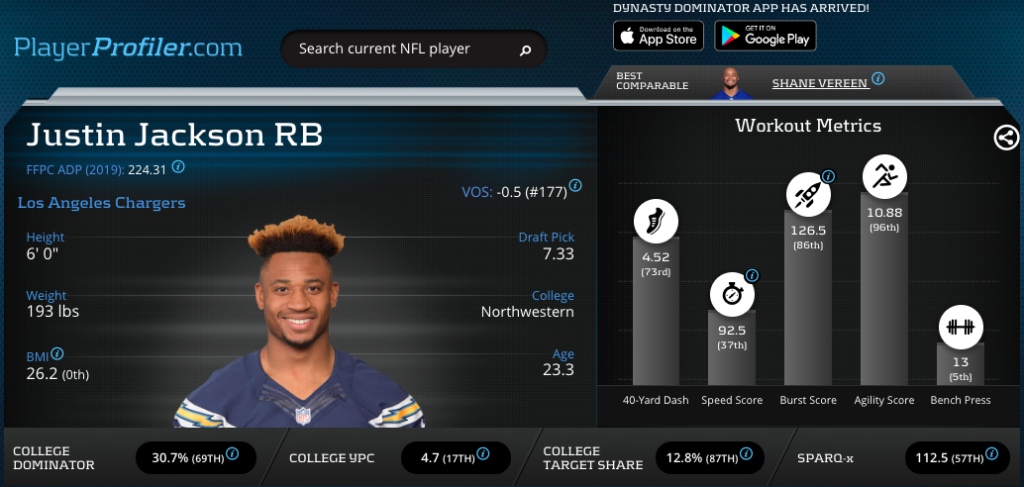Governor Gavin Newsom broke the internet this morning when a video of him signing the Fair Pay to Play Act into law was released. The Fair Pay to Play Act was one of the hottest issues of the summer. It led everyone to debate if college athletes should be paid above a cost-of-attendance scholarship. The debate is no longer, at least for college athletes in California. Governor Newsom sat with LeBron James on his hit show The Shop and signed the bill into law.
King James was an ardent supporter of the bill. The Fair Pay to Play Act will give college athletes in California the ability to profit from their name, image, and likeness (NIL) and the ability to sign with an agent. Governor Newsom ignored the NCAA’s threat to prohibit colleges in California from participating in post-season championships and signed the bill into law. What will this mean for college athletes in California in 2023 when the bill is set to take effect?
The Fair Pay to Play Act
The Fair Pay to Play Act seeks to accomplish two goals for college athletes attending four-year colleges in California. One goal is to allow them to sign with agents. Pursuant to the bill, the agents must be licensed with the state. The agents must also be fully compliant with the federal Sports Agent Responsibility and Trust Act. The second goal is to give college athletes in California the ability to profit from their name, image, and likeness.
Under the Act, colleges will be prohibited from upholding any rule that prevents college athletes from receiving compensation for their NIL. Any compensation that is earned will not affect the athletes’ scholarships. Furthermore, the NCAA will not be able to keep college athletes from participating in collegiate sports simply because they receive NIL compensation. The NCAA also will not be able to ban a school from participation because its athletes receive NIL compensation.
However, college athletes do not have a blanket rule to enter into a contract without any consideration for their team’s pre-existing contracts. If an athlete enters into a contract, the athlete must inform the school. If the athlete’s contract conflicts with the team’s contract, the athlete will not be able to enter into that contract. However, the team contract will not prevent an athlete from receiving NIL compensation when the athlete is not engaged in official team business. The Act does not apply to prospective college athletes. The Fair Pay to Play Act will only apply to four-year colleges. However, the California legislature intends to create a community college NIL working group to study the California Community College Athletic Association’s rules.
Podcast Discussion About the Name, Image, and Likeness Bills
How will the Fair Pay to Play Act Effect Colleges in other States?
During his appearance on The Shop, Governor Newsom stated that “the [Fair Pay to Play Act] will initiate dozens of other states to introduce similar legislation.” Governor Newsom could not be more right. Before he signed the Fair Pay to Play Act into law other states had already followed suit. For example, New York state senator Kevin Parker introduced the New York Collegiate Athletic Participation Compensation Act. The New York bill is very similar to the Fair Pay to Play Act, but goes a bit further.
New York Collegiate Athletic Participation Compensation Act
The New York Collegiate Athletic Participation Compensation Act also seeks to give college athletes the right to profit from their NIL without losing their scholarship or collegiate eligibility. The bill prohibits New York colleges from upholding any rule that prevents college athletes from receiving NIL compensation. The bill also prohibits the NCAA from banning an athlete from collegiate participation due to NIL compensation. Likewise, the bill prohibits the NCAA from banning colleges whose athletes receive NIL compensation.
Like the Fair Pay to Play Act, college athletes in New York would not have the blanket ability to enter a contract without consideration of their team’s pre-existing contracts. The athletes will be required to inform their school of any contract they enter into. They would not be allowed to enter a contract that conflicts with the team’s contracts. However, a team contract will not prevent an athlete from receiving NIL compensation when the athlete is not engaged in official team business.
The New York Collegiate Athletic Participation Compensation Act also gives college athletes the ability to sign with agents. The agents must be properly registered and compliant with federal laws. The bill also exempts community colleges and calls for a working group to be created to address the NIL issue for community colleges. The bill also does not apply to prospective college athletes. The New York Collegiate Athletic Participation Compensation Act is very similar to the Fair Pay to Play Act. However, the New York bill takes college athlete compensation a couple of steps further.
The New York Collegiate Athletic Participation Compensation Act Seeks to go the Extra Mile
The New York Collegiate Athletic Participation Compensation Act seeks to go the extra mile by requiring that each college establish a fund for injured athletes. With this provision, athletes who suffer a career-ending injury in a practice or game will qualify for the fund. The athletes would receive the money upon graduation. The amount of compensation would be determined by each school. Perhaps most notably, the bill goes further by requiring that each college share 15 percent of its revenue from ticket sales with the athletes. These are major differences because it requires the schools to make direct payments to the athletes. Hopefully, California has broken the ice so that these additions to college athlete compensation can become law.
Colorado and South Carolina Also Have Plans to Follow Suit
Lawmakers in South Carolina and Colorado have already announced their intentions to follow suit. They both plan to submit legislation similar to the Fair Pay to Play Act in their upcoming legislative sessions. South Carolina State senator Marlon Kimpson and representative Justin Bamberg plan to introduce the bill. The bill will require the biggest colleges in South Carolina to pay $5,000 a year stipends to athletes in profitable sports like football and basketball. The bill will also seek to allow college athletes to receive compensation from sponsorships and autograph signings.
The Colorado legislation was introduced last session by state senators Owen Hill and Jeff Bridges. However, it was too late in the session when it was introduced. The senators plan to re-introduce the bill in the next legislative session. The Colorado bill will also require direct payment to college athletes from schools. Former college athlete Jeremy Bloom is a supporter of the Colorado legislation.
Whether the NCAA likes it or not, NIL Payments are Coming
Governor Newsom did not back down to the NCAA. From the looks of things, other states are not going to either. Whether the NCAA likes it or not, NIL compensation is coming. As Maverick Carter pointed out on The Shop, America is a capitalistic society. College athletes should have the same rights to participate in this capitalistic society like every other student. The Fair Pay to Play Act and other similar legislation seek to give college athletes that right. In light of Governor Newsom’s decision, it will be interesting to see what the NCAA’s NIL working group proposes. The working group is expected to share its findings and decision soon.

